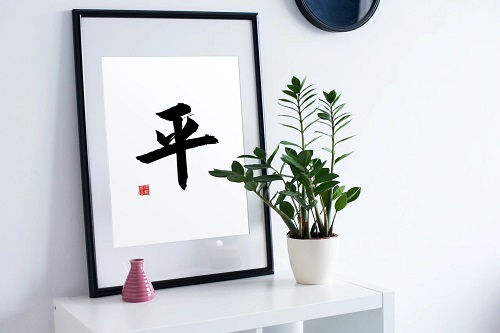The snake is an animal that is viewed with caution all over the world.
The sight of one can instinctively arouse fear in many. So much so that there is a scientific term specifically coined that refers to this phobia called ophiophobia. There are actually people who are so horrified of snakes that they cannot even bring themselves to look at pictures of the serpent.
Even though about 20% of the snake species are venomous, it is considered 20% too much for a lot of people.

The negative connotations with snakes is not helped by the popularizing of poisonous cobras that led it to become probably the best known snake in the world. Not surprising that it is one of the 5 well known poisonous animals.
And since ancient time in China, the snake has been a creature that is multi-faceted with both positive and negative associations.
Snakes in culture
Being the sixth zodiac among the 12 animal signs, it can be said that there is a strong enough cultural significance with the creature.
It is known as an animal symbolic of high intelligence, but stealthily wicked and scheming. You can never predict what they are thinking and what they would do. No wonder the phrase “slippery as a snake” is still as widely used today.
People who displayed treacherous behavior were also often deemed to have a “snake heart”.
However, snakes were (and still are) animals of worship in Chinese culture and can be often found in temples.
The black snake is sometimes used as a substitute of the tortoise on the north in landform feng shui.
Other terminology used to refer to the snake include the domestic dragon (家龙), big deity (大仙), heavenly dragon (天龙), etc. These references can be traced to originate from native tribes.
The legend of the yellow river god depicts the god in the physical form of a snake with golden skin. There are also other culturally important gods which took up the form of the serpent.
Another mythical story tells of how youthful boy rescued a snake which continued to reward the kid with valuables and gemstones from the natural earth. But when the boy requested for the snake to offer it’s liver so that he can gift it to the emperor, the magical creature ate him up for the ungrateful demand.
Then there’s the story of Sunshu Ao (孫叔敖) who killed and buried a two-headed snake when he was just a child to protect his friends from being attacked and poisoned. He later grow up to become the prime minister of Chu and highly regarded by the people as the epitome of kindness.
But among folklores, the most well-known story that concerns the creature is probably the tale of Madam White Snake. This is a story of a snake who transformed into a beautiful woman. She got married but her husband was convinced by a monk that he had an evil spouse and must banish her. She was then trapped in a pagoda for years until her child grew up into adulthood, achieved scholastic success, and freed her.
In folklore, spirits often take the form of snakes.
There is also a traditionally strong consumer demand for snakes.
Various body parts are used in traditional Chinese medicine. it’s meat is also cooked into oriental delicacies. And skin is used for leather accessories such as handbags and wallets.
There is also a superstition that if you keep snakeskin in the house, it would bring wealth and good fortune to the household.
However, there is a strong believe that if you encounter snakes in your dreams, it is a precursor of financial catastrophe on the horizon.
Encountering a snake at the place where you keep grains was deemed as an auspicious sign. But seeing them on beams, eaves, falling from a high place or shedding it’s skin were deduced as ominous that foretell inauspicious events.
In western metaphysics, dreaming of snakes can be associated with spirituality or even epitomes. It can also be linked to underlying health problems which the dreamer is not aware of. Some experts even associate it with astral planes and astral projections.
Feng shui
Snakes are not popular feng shui items.
In fact, when they are used as symbolic display items at home, placement is mostly linked to bazi and associations with the snake zodiac.
For example, the zodiac relationship commonly known as secret friends puts the snake zodiac together with the monkey. So it can sometimes be recommended by feng shui masters for the homeowner of the monkey zodiac to put a figurine of the serpent on display to call on the luck of helpers.
Or when an individual with a day master who would benefit from the earthly branch Si can draw the energy from a snake artifact.
The same concepts can be applied when people are calling on symbolic stars represented by the Si (E6) fire branch.
For example, if one wishes to tap on the prospect star according to his or her 4 pillars, and has a self-element of Bing, then snake display items which represent Si can be placed in tactical locations within the premises.
It can also sometimes be suggested for people to carry it in the form of a keychain as a personal emblem.
In some instances, they are placed in business premises as the creature is known for it’s acumen and no-nonsense tendency to bite back.
Such placements are usually based on it’s horoscope association with the rooster and ox as allies.















